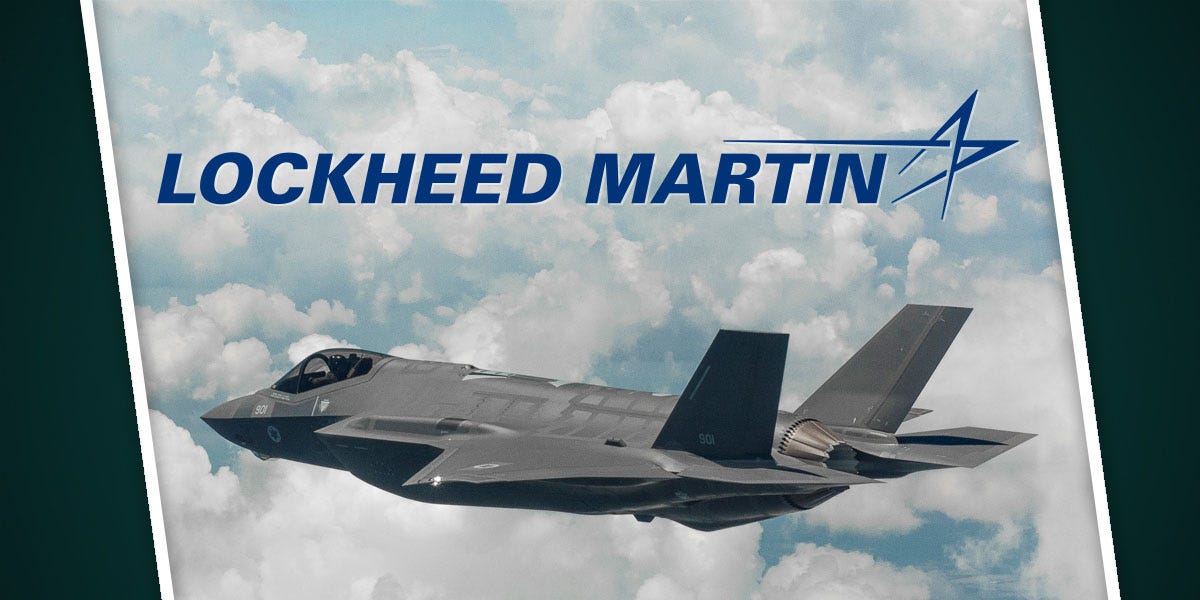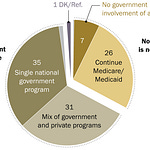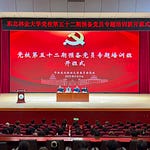Fear is a business model
Every time you’re told to fear China, Russia, migrants, or some new enemy, someone is profiting.
The stories about national security, democracy, or freedom are the surface. Behind them lies a simple truth: war, sanctions, and fear campaigns make the one percent rich while the working class pays the bill.
I. War means record profits
The U.S. military budget hit $886 billion in 2024, larger than the next 10 countries combined. Where does that money go? Straight into the pockets of defense giants like Lockheed Martin, Raytheon, Boeing, Northrop Grumman, and General Dynamics.
After Russia invaded Ukraine in 2022, Lockheed Martin’s stock surged nearly 37% in one year.
Raytheon, a major missile supplier, posted record revenues, while ordinary Americans saw higher gas and grocery bills tied to war-driven inflation.
Every time China is framed as an imminent military threat, think tanks funded by these same contractors release “reports” that are amplified by mainstream media.
Example: The Center for Strategic and International Studies (CSIS), one of the most quoted think tanks on China policy, counts Northrop Grumman, Lockheed Martin, and Boeing as major donors. Their reports on the “Chinese military buildup” directly support larger Pentagon budgets — and bigger contracts for their funders.
II. Sanctions and energy profits
Sanctions are sold as moral tools, but in practice they reshuffle global markets in favor of U.S. corporations.
Sanctions on Russia and Iran restricted global oil supply. Who gained? U.S. energy giants like ExxonMobil and Chevron, who saw higher prices and expanded market share.
Meanwhile, average U.S. household energy bills rose 13% in 2022.
And when China resisted U.S. pressure to cut imports from sanctioned countries, American media painted it as “support for dictators.” In reality, China was keeping energy prices stable for its population, while U.S. companies quietly cashed in on volatility.
III. Media profits from panic
Fear sells. War coverage and enemy narratives drive ratings.
CNN’s viewership jumped 165% during the Iraq invasion in 2003.
Today, the “China threat” storyline guarantees clicks: spy balloons, TikTok bans, semiconductor wars.
But behind the headlines, the ad revenue flows. Fear of China is not only a political tool — it is a business model for mainstream media networks.
IV. Lobbying and political capture
The U.S. lobbying industry spent $4.2 billion in 2023. The biggest spenders? Defense, healthcare, and finance.
Raytheon spent over $15 million in 2022 lobbying Congress. Months later, U.S. military aid packages to Ukraine featured Raytheon-built missile systems.
The revolving door is blatant: U.S. Secretary of Defense Lloyd Austin sat on Raytheon’s board before his cabinet appointment.
Both parties benefit. Democrats and Republicans receive campaign donations from the same corporations that profit from war and sanctions.
V. The tech and AI fear machine
China is the perfect enemy for Silicon Valley. Every time Washington warns of a “technology race,” U.S. firms secure billions in subsidies.
In 2023, the U.S. passed the CHIPS and Science Act, allocating $52 billion to domestic semiconductor production. The main beneficiaries? Intel, Qualcomm, and other U.S. giants.
Politicians justified the bill by claiming China’s chip industry was a “national security threat.”
At the same time, American consumers continue to pay inflated prices for electronics, while tech companies pocket subsidies and stock buybacks.
VI. Special focus: the China connection
China plays a central role in today’s profit machine.
Tariffs: Trump’s 2025 tariffs brought in over $150 billion by August. But who paid? U.S. households, facing an extra $1,300 annually in higher costs. Importers passed the costs to consumers. Retailers raised prices. The “China tariffs” became a hidden tax on the American middle and working class.
Semiconductors: The U.S. restricted China’s access to advanced chips, framed as a security measure. At the same time, U.S. companies received subsidies and contracts to “secure supply chains.” Ordinary consumers paid higher prices, while semiconductor stocks surged.
TikTok ban attempts: Politicians warned of Chinese surveillance, but lobbying records showed U.S. competitors like Meta and Google pushed hard for restrictions on their rival platform. The “China threat” here was not about data — it was about market share.
VII. Who pays the bill?
It is always the same story:
Workers pay higher taxes to fund the Pentagon.
Families pay higher prices due to tariffs and sanctions.
Patients pay higher costs because pharma lobbying blocks reform.
Consumers pay more for tech because subsidies go to corporations, not lower prices.
Meanwhile, the one percent collects record profits.
VIII. Conclusion: Fear as an investment strategy
Fear is not just a tool of control. It is an investment strategy.
Every “threat” you hear about is backed by a lobby, a think tank, and a corporation with something to gain. And the louder the fear, the bigger the profit.
The next time you hear about the “China threat,” the “Iran threat,” or the “Russia threat,” ask one question:
Who is cashing the check?











